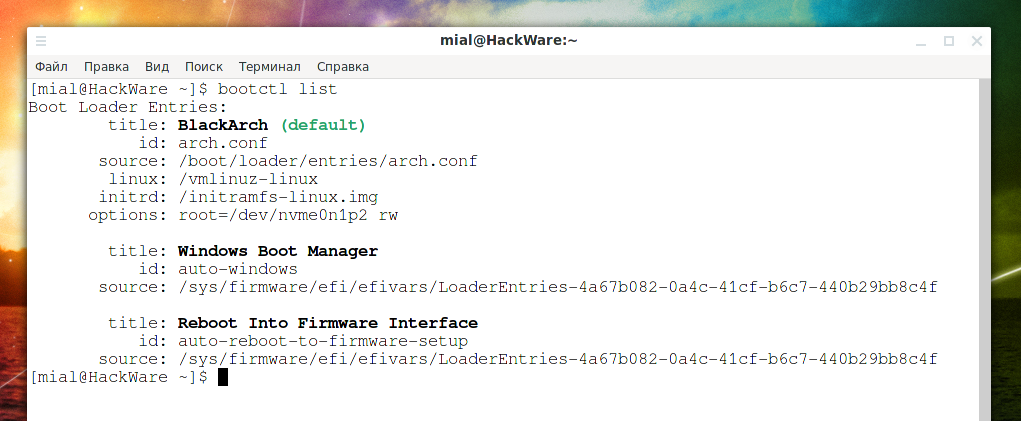Month: February 2021

How to change the default operating system in Arch Linux (for UEFI and systemd-boot)
Posted by Alex On February 18, 2021

Analogue of the --force option in pacman
Posted by Alex On February 18, 2021

How to run small Python code in Bash
Posted by Alex On February 18, 2021

How to completely uninstall a package along with dependencies on Arch Linux (as well as BlackArch and Manjaro)
Posted by Alex On February 18, 2021